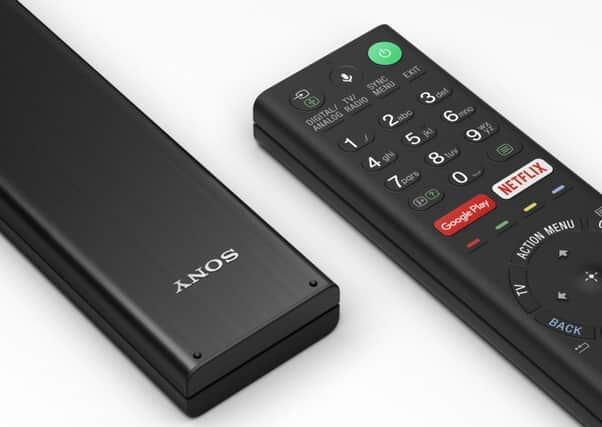Should you give in and buy a 4K TV? Yes - but don't expect it to last


Ultra HD screens, also known as UHD and 4K (the terms are interchangeable), offer four times the pixel density of “full HD”, and are capable of displaying stunningly realistic pictures, though the impact depends on how big the screen is and how close to it you’re sitting.
Prices have tumbled because manufacturers have started to move all their production across to the new standard - which means that by the this time next year, nearly all sets will be 4K. But that doesn’t mean that all the content will be in ultra high-def. In fact, hardly any of it will be.
Advertisement
Hide AdAdvertisement
Hide AdA decent UHD set will upscale standard pictures, which should be an improvement, but for the full-on experience you need access to content native to the higher resolution. You can get this by streaming it from Netflix or Amazon, if you have fast enough broadband, or by renting a Sky Q Silver box, which lets you access 4K Premier League football, as well as certain dramas and on-demand movies. BT Sport also has a 4K channel.
But the anticipated deluge of 4K content has not arrived. In particular, and despite earlier indications, the BBC did not broadcast Olympic or Euro 2016 footage in that format.
Movies and high-value TV drama, which are already shot in the highest definition possible, represent the immediate future for subscription 4K content. Day-to-day production, on the other hand, would require a wholesale re-equipping by broadcasters, so the chances of being able to watch Look North in UHD any time soon are about as likely as a new series of Crossroads.
Neither is the current standard for 4K anything like future-proof. Today’s generation of models will be replaced in the next 12 months by others with whiter whites, blacker blacks and richer colours in between, by way of a technology called High Dynamic Range, or HDR. Beyond that, even higher definition 8K sets will start to appear.
Advertisement
Hide AdAdvertisement
Hide AdFor those reasons, it makes no sense to spend a fortune on one of today’s top models; a cheaper one that you can upgrade again in three or four years’ time will serve you better.
But don’t skimp too much. To extend your new set’s life as far as is foreseeable, insist at least on a model with one or preferably more HDMI v2 sockets. These are different from regular HDMI because they incorporate a new level of copy protection, which will be standard on external 4K set-top boxes. A regular HDMI port may not work with these devices.
Bear in mind, too, that if you use HDMI cables to hook up your home cinema receiver, it will also have to be v2 compliant if it’s to handle 4K content. If it isn’t, you may be facing a more expensive upgrade than you bargained for.
One feature you don’t need is a curved screen - they’re an impressive fashion statement but offer neither longevity nor an enhanced viewing experience. On the contrary, with many models the more off-centre you’re sitting, the less distinct the picture becomes - and with so much else going on, the outlook is fuzzy enough already.